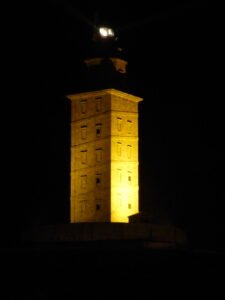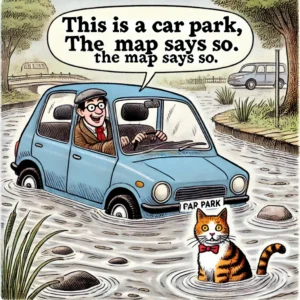Celtic Heads Celtic Head from Witham, 2nd c B.C. (British Museum) “Celtic” carved heads are found throughout the Read more Timeline 60BC – 138AD This timeline is focussed on the British Celtic culture and those cultures which had influence on the British Celts. It Read more Heads at St Michael, Kirklington An analysis of head …
Category: Guide
Jan 23
Guide – Landscape Features: The Impact of Drainage Ditches
Celtic Heads Celtic Head from Witham, 2nd c B.C. (British Museum) “Celtic” carved heads are found throughout the Read more Timeline 60BC – 138AD This timeline is focussed on the British Celtic culture and those cultures which had influence on the British Celts. It Read more Heads at St Michael, Kirklington An analysis of head …
Jan 23
Guide – Landscape Features
Guide – Archaeological Terms Glossary of Archaeological Terms Acheulian Later stages of Lower Palaeolithic culture defined by their particularly fine hand axes. Aeolian Deposited Read more Guide – Man’s impact on the landscape Man’s impact on the landscape For thousands of years men and women have fashioned the landscape according to their needs. Read more …
Jan 23
Guide – Landscape Features: Drainage Gullies
Guide – Archaeological Terms Glossary of Archaeological Terms Acheulian Later stages of Lower Palaeolithic culture defined by their particularly fine hand axes. Aeolian Deposited Read more Historic Publications Historic Publications Tacitus Tacitus grew up during a the reign of Nero, and may have been a teenager when Nero Read more Southern Roman Forts Map …
Jan 23
Guide – The Flora and Fauna of Prehistoric Britain
Before we delve into the appearance of humans on the landscape, it’s important to understand the flora and fauna that dominated the earth, and particularly Britain, during the Pleistocene and Holocene epochs. The development of ecosystems in prehistoric times was heavily influenced by the global climatic shifts of the Ice Ages.
Jan 23
Guide – Introduction to Fieldwalking
Fieldwalking is one of the simplest and most accessible forms of archaeological survey. It involves systematically walking over a landscape, searching for surface artifacts—such as pottery, stone tools, and animal bones—that may have been left behind by past human activity. This activity can offer valuable insights into ancient settlements, trade routes, and other key elements of the past.
Jan 23
Guide – Photography: Image Manipulation
Photography is an essential tool in archaeology, not only for documenting finds but also for interpreting and preserving evidence. However, images often require some level of post-processing to enhance clarity, correct lighting issues, or reveal details that may not be immediately visible. Image manipulation software plays a crucial role in this process, allowing archaeologists to adjust images while maintaining the integrity of the data.













